Ten years ago, one day in summer 2008, he stood on the stage of the university to perform some bizarre art. He did not know then why he loved it, but only felt that he could express what he faced as a young man. Thanks to his physical skills, he managed to attract the attention of his colleagues. A large number of students rallied around him, but they did not get what he was doing. Just as he had done with his performance, they asked him, “What is the name of this art?.” He responded with a sarcastic laugh, “It’s pantomime”.
Questions of the audience drove Ahmed Boraey, a pantomime artist, who performs expressive movements, to establish a pantomime troupe with the help of his cousins, calling it “Esmo Eah (What Is The Name)”. He began roaming Cairo streets and other provinces in an attempt to revive this art, on one hand, and to express the concerns and problems of the Egyptian society, and to try to offer positive solutions on the other hand, without uttering a single word.
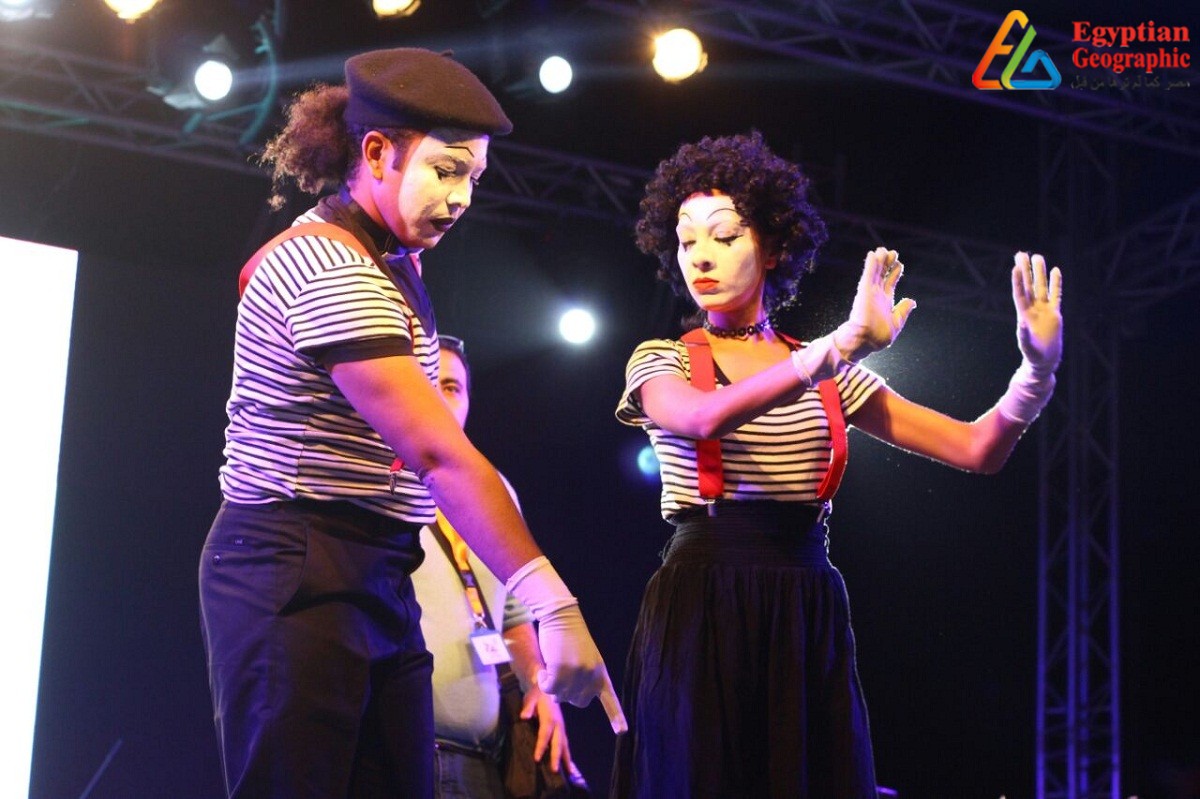
In 2011, three years after establishing the troupe, Ahmed Boraey met the second female lead of the troupe, Safaa Mohammadi. Later, two main members, Marwa al-Hussari and Ahmed Nasser, have joined the troupe. Since then, he had faced a number of challenges and problems, which led to the suspension of the troupe. Now, he is back again, and stronger. He is currently preparing to attract and train many artists and those who want to learn this art professionally.
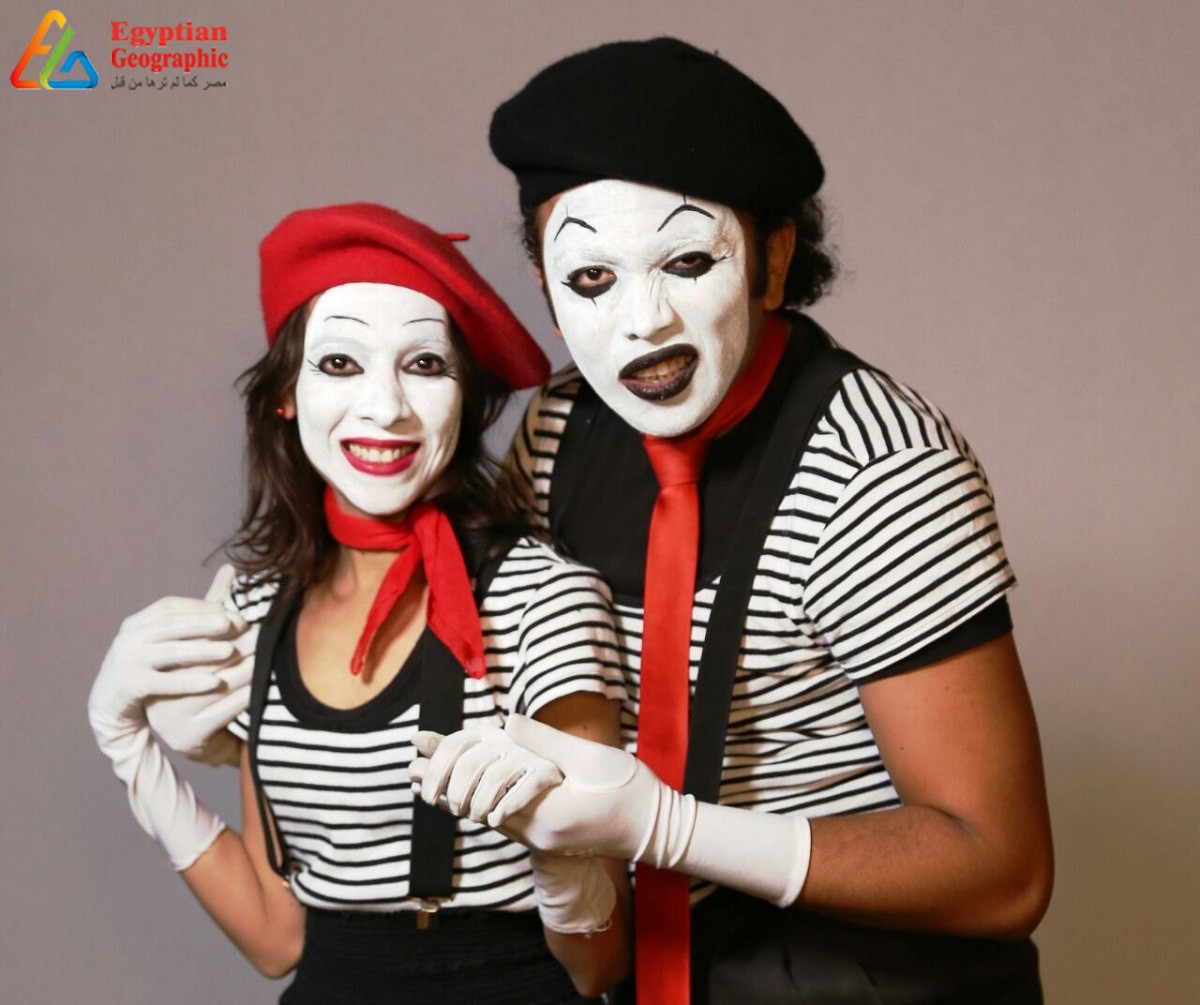
According to “Esmo Eah” founder, pantomime is an easy art to perform, and does not require a closed or equipped theater; just any place, whether on streets, in metro stations or even on rooftops. They have already begun to organize a large number of workshops to propagate the art of expressive movements.
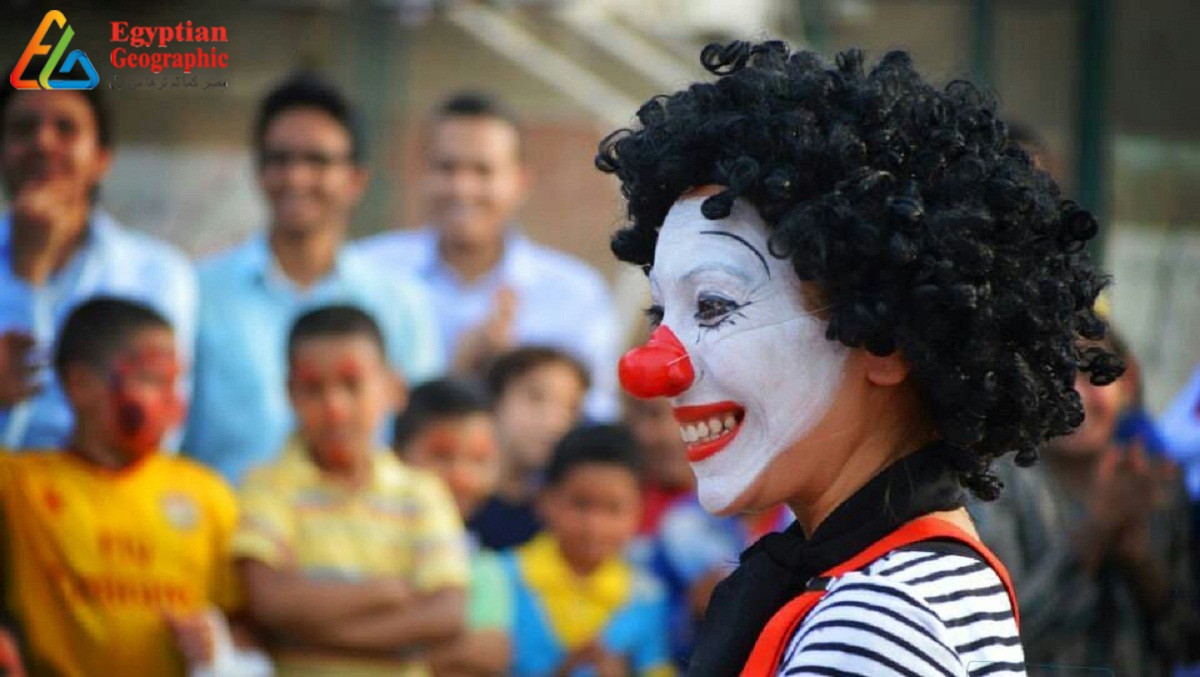
More than half a century ago, in late fifties, artist and actor Ahmad Nabil began to perform the art of the mime, and thus was described by experts as “the pioneer of pantomime in Egypt”. He had been fond of imitating famous artists since he was young. He imitated Charlie Chaplin, Abbott and Castelow, and performed shows in school and university. He went to the Soviet Union in order to study pantomime. Later, he went to the Republic of Azerbaijan to produce a number of the pantomime shows, until he has become a world-class artist and one of the top twenty mime artists around the world.

A lot of historical studies and researches have confirmed that pantomime is of Pharaonic origins. Engravings on the walls of the Pharaonic temples come as evidences. Egyptian artists over the ages had transferred this fine art to the Western world. Being easy to be performed, considering silent acting is an easy-to-understand universal language, it has been propagated throughout the world, though it is an art that does not yield any substantial return.
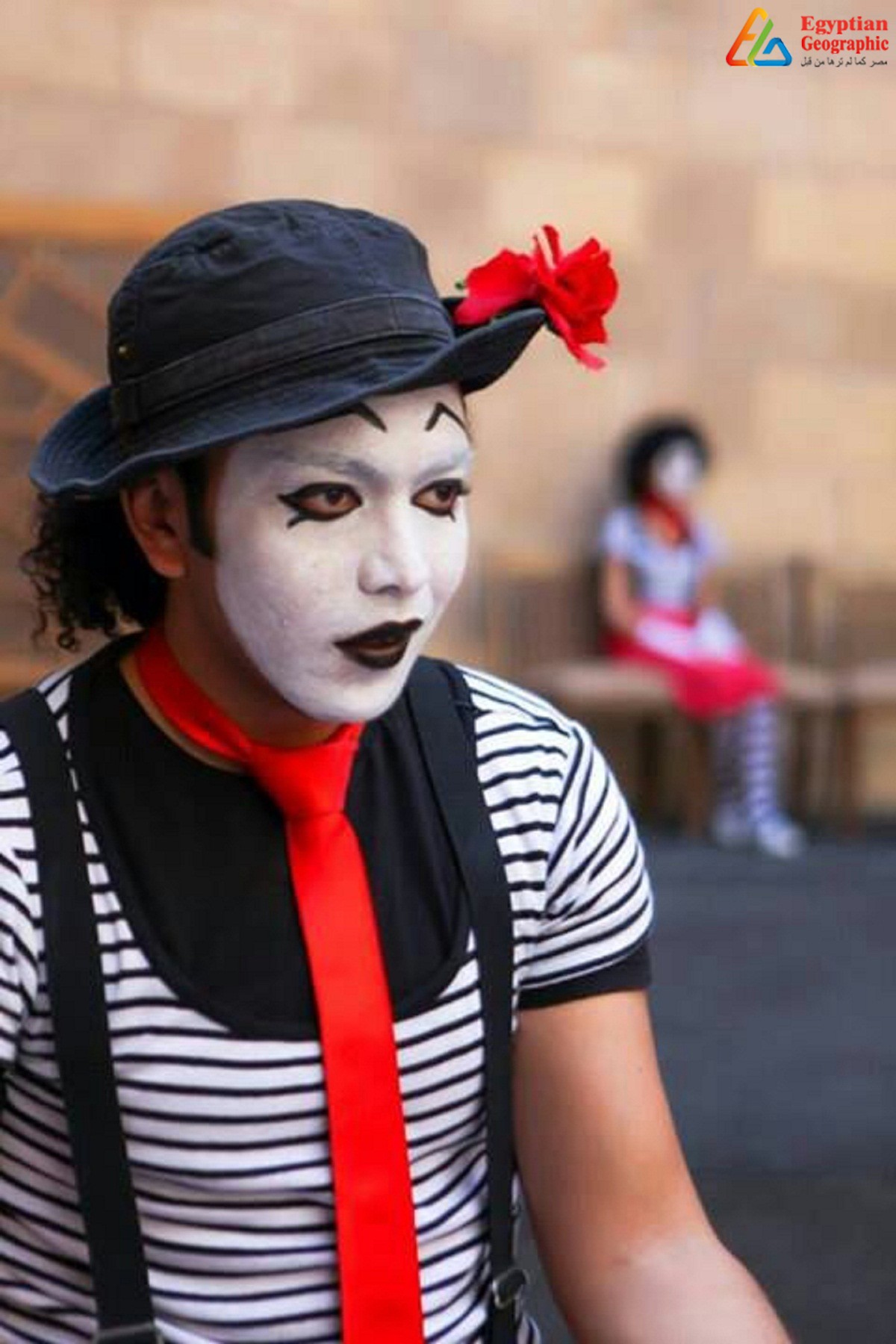
“Esmo Eah (What Is The Name)” has decided to face the social problems suffered by most of the Egyptians, such as social rejection, marginalization, poverty, and unemployment. This has attracted a large number of audience to go and enjoy it, despite having to evade the routine of state theaters and the high ticket prices of private theaters. They went to streets and open yards to perform their art, till they can establish their own future theater.
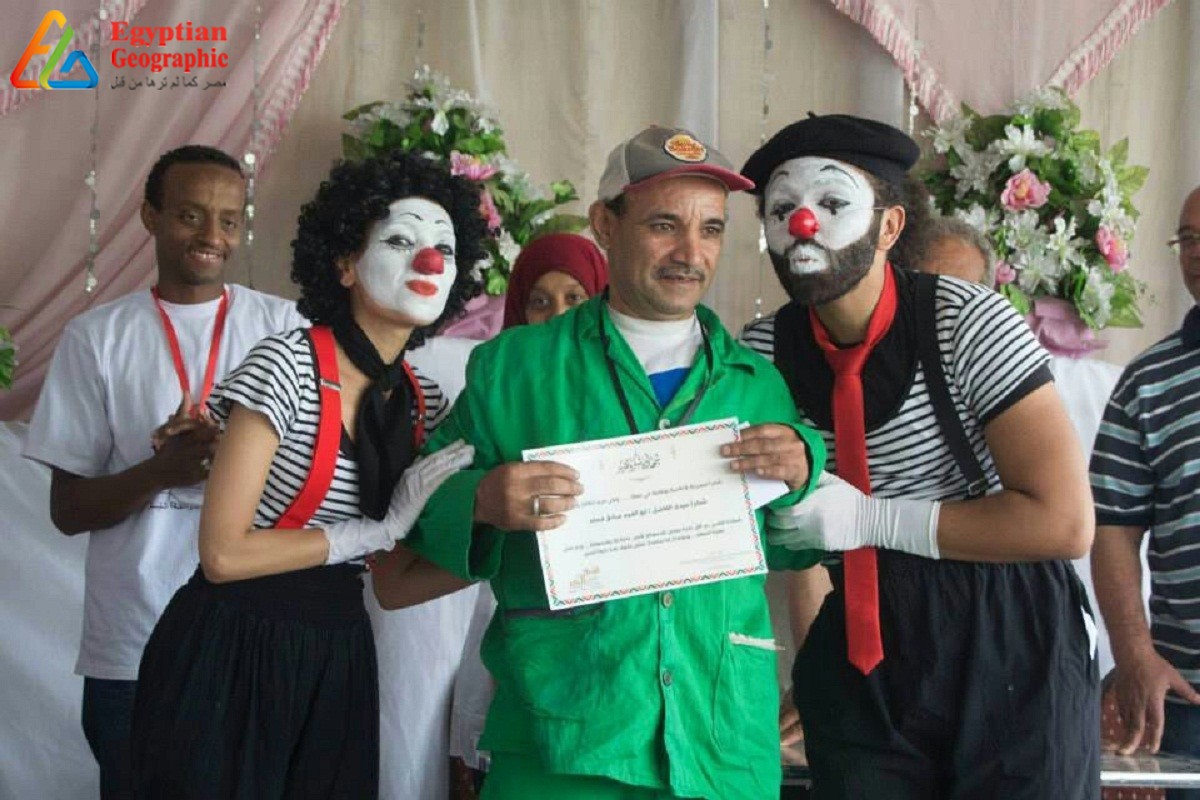
Pantomime has appeared in its modern form many centuries ago. The word pantomime means “dazzling miming”, consisting of the two words; "panto", which means "dazzling" in Greek; and "mimo", which means "miming". Unlike mime artist in its meaning, pantomime artist is called an “expressive artist”. Despite its ancient Egyptian origin, the Greeks are credited for developing and propagating pantomime, and even performing it on stage.




























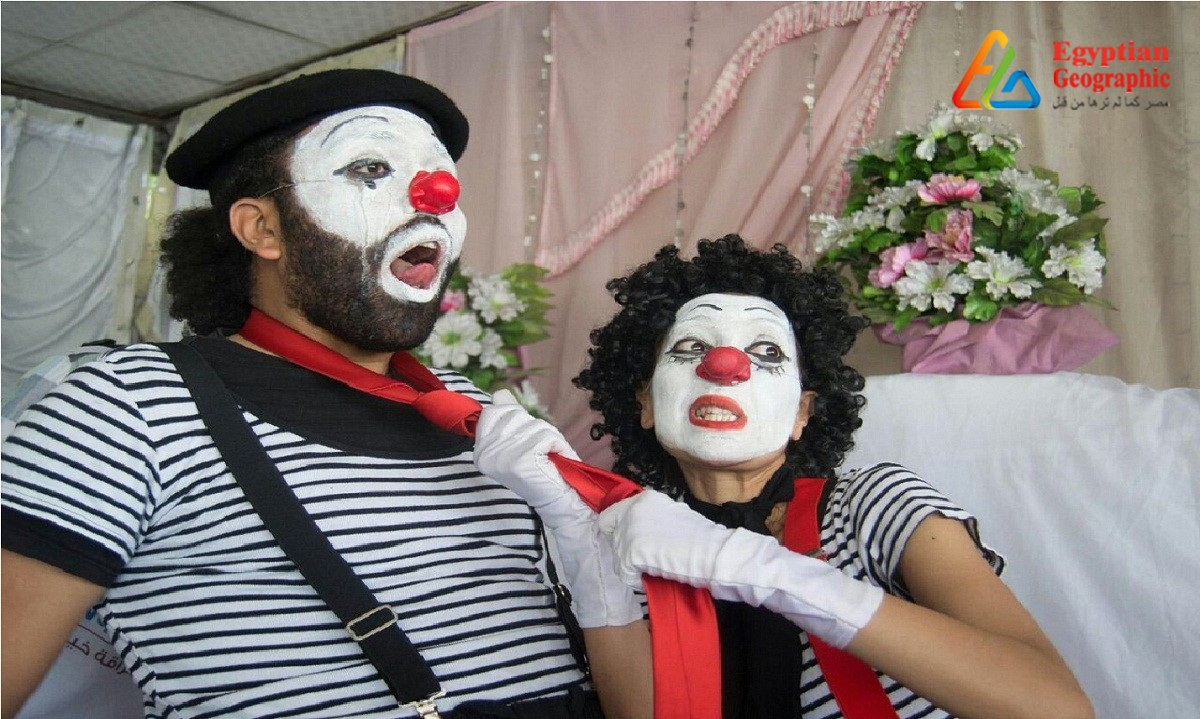








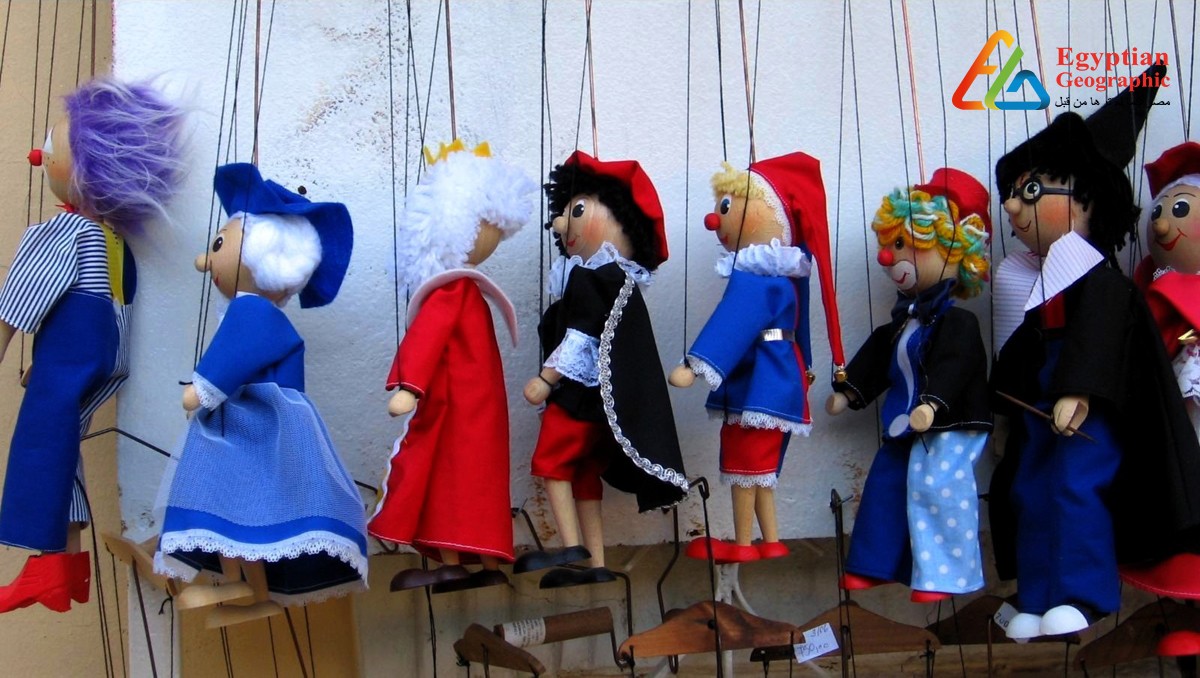
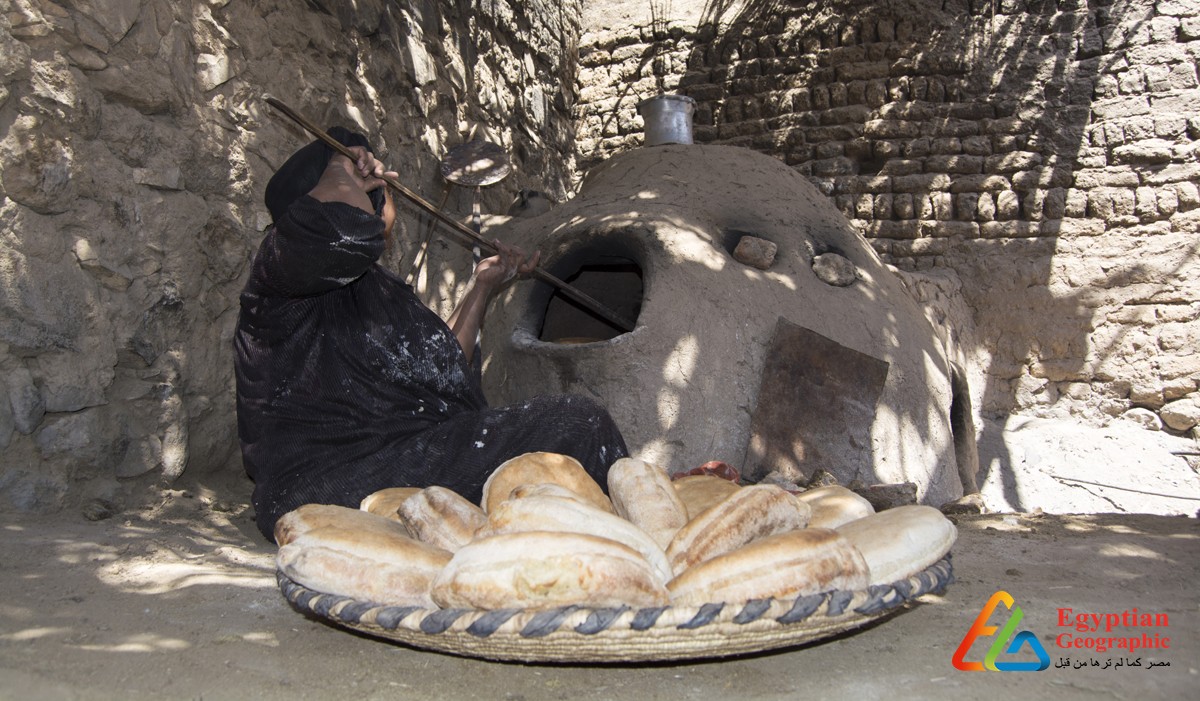


























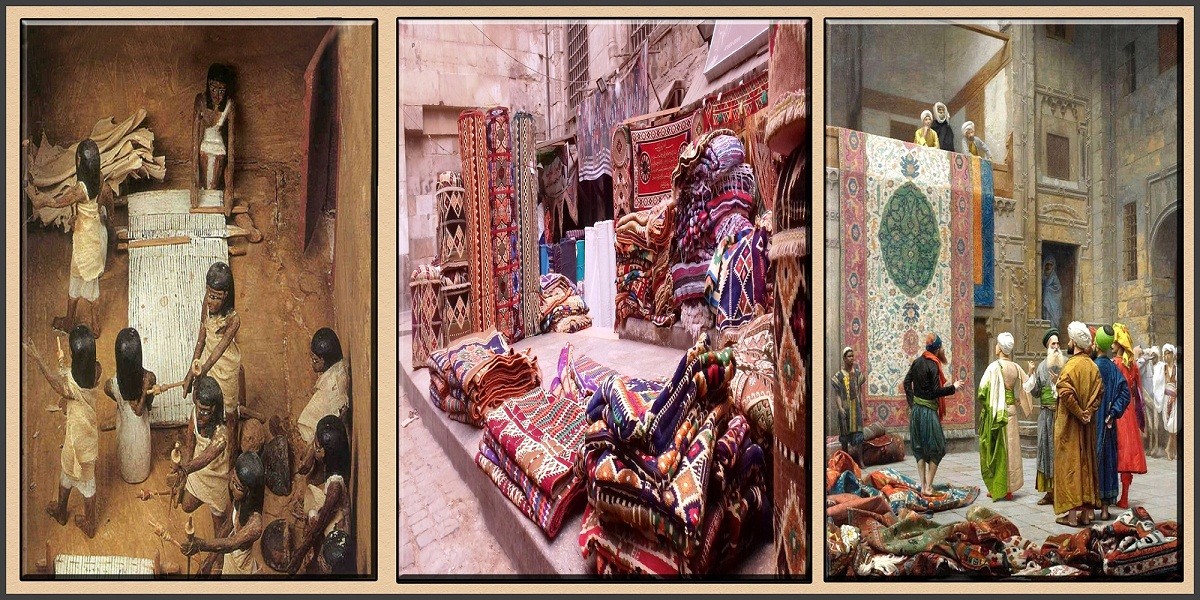
Egyptian Site & magazine